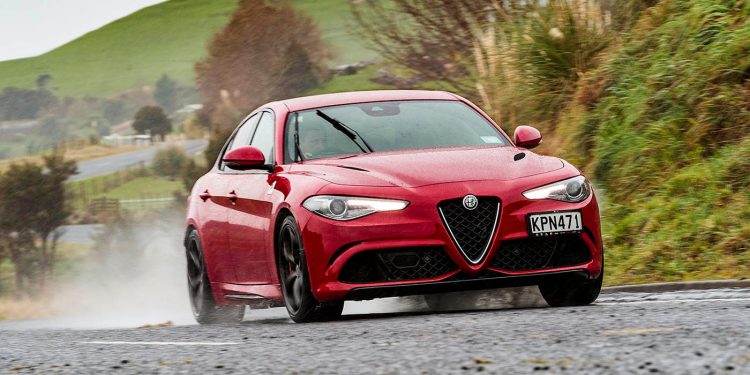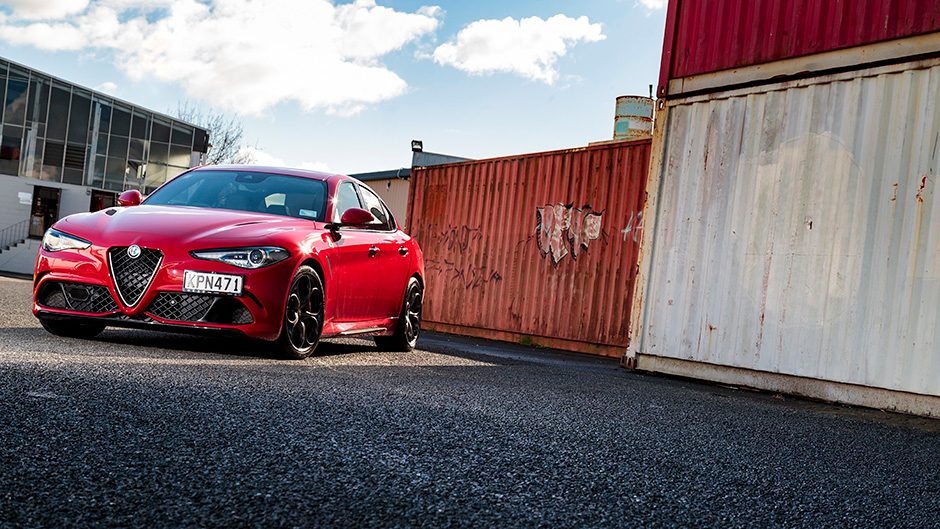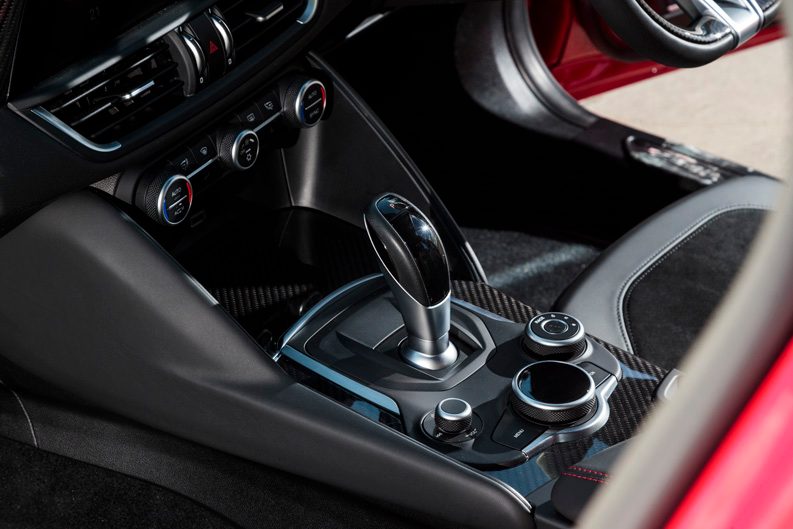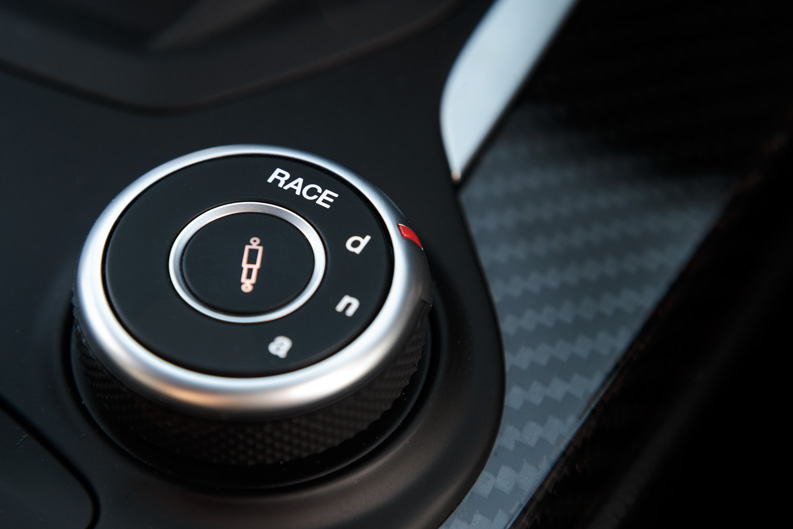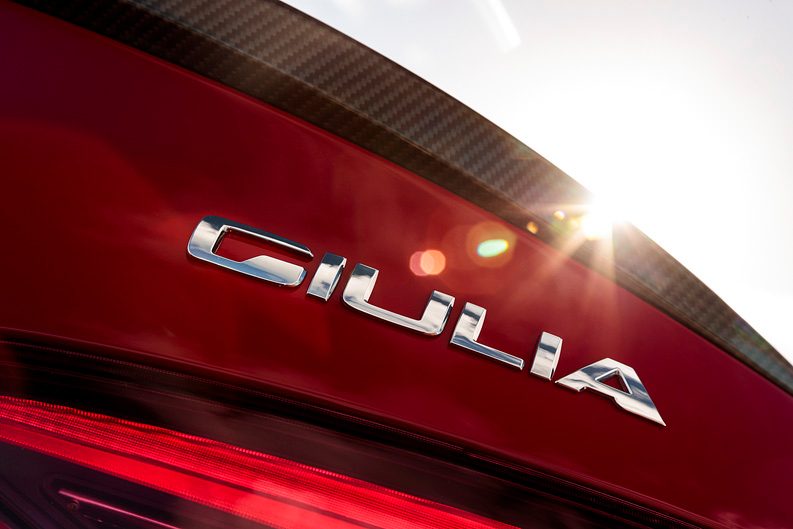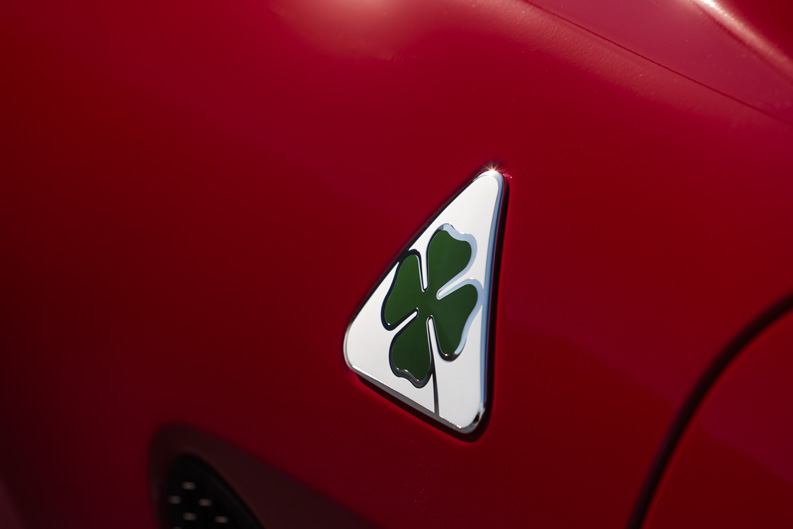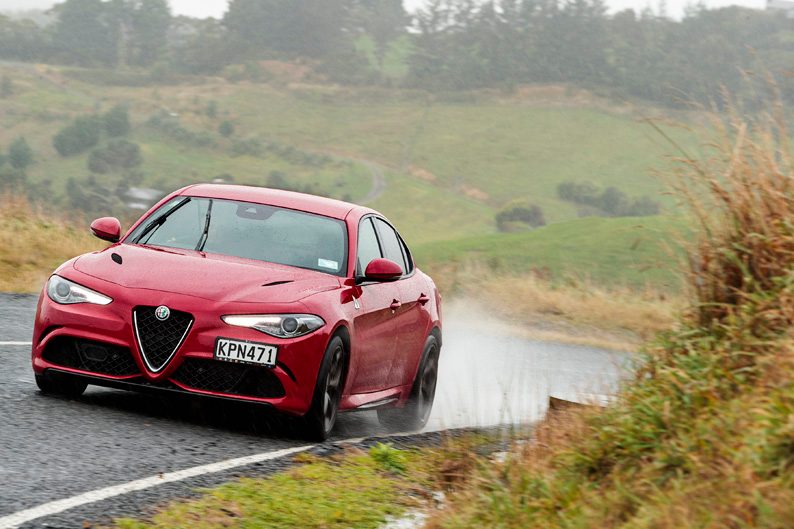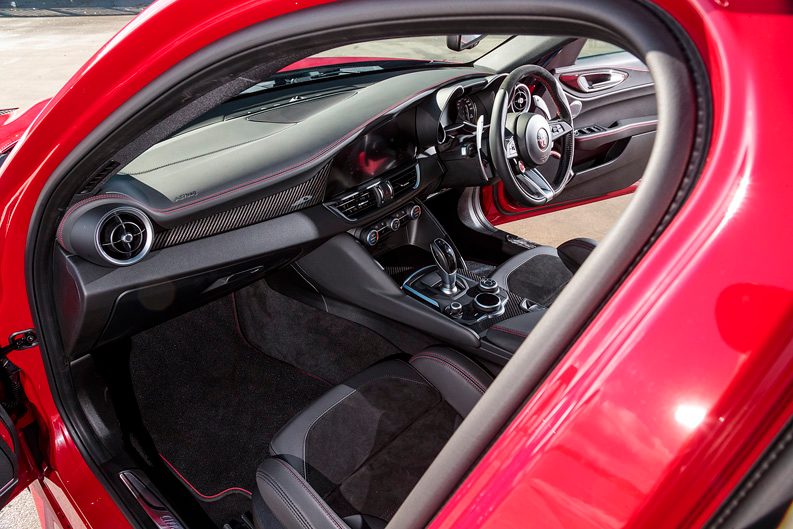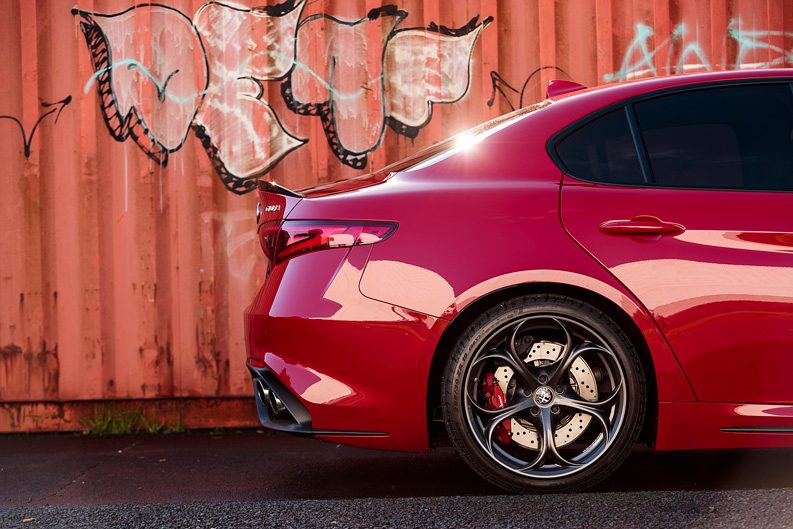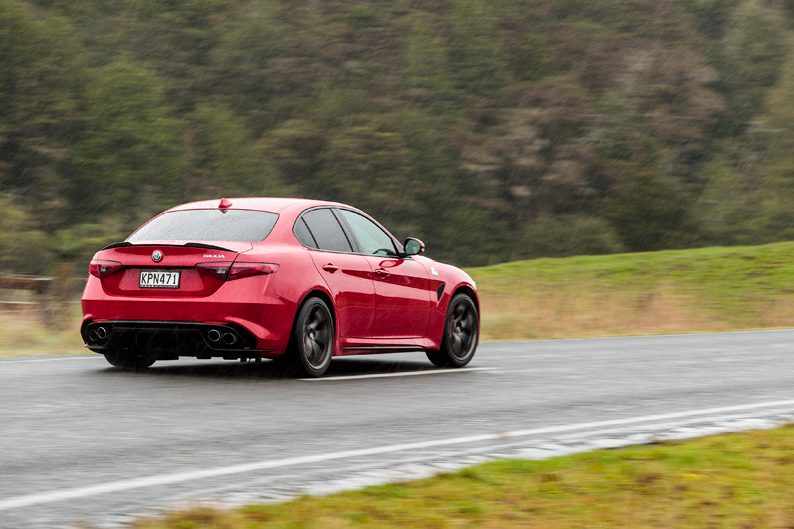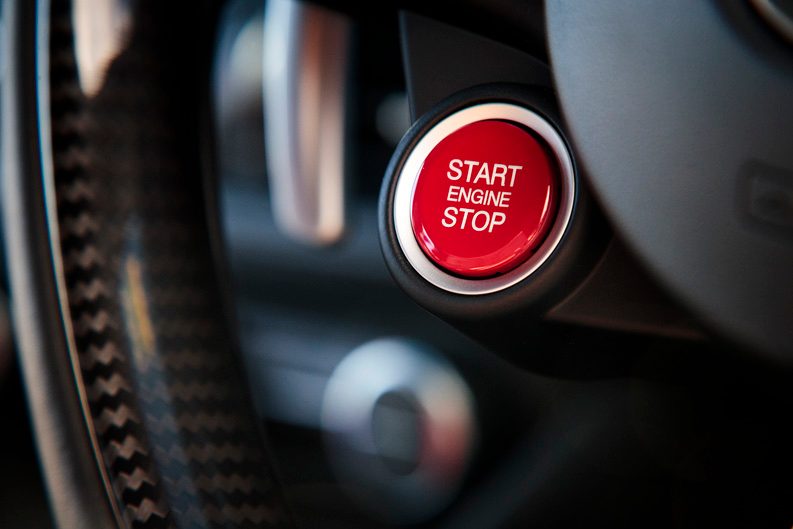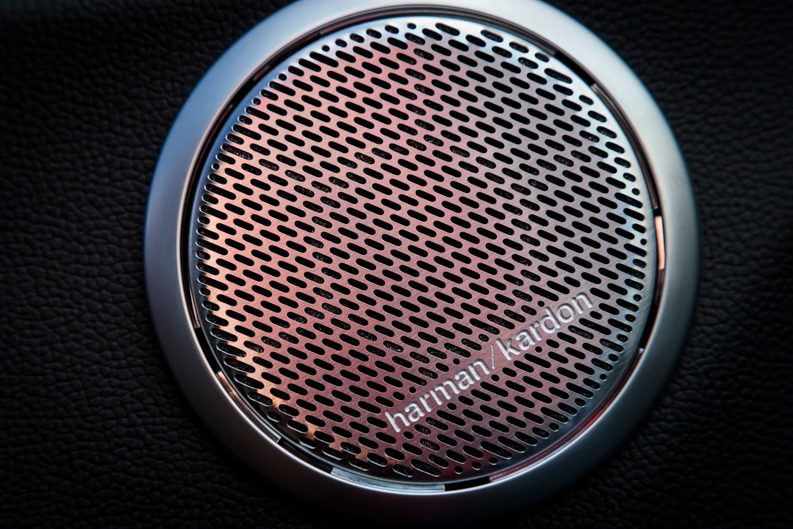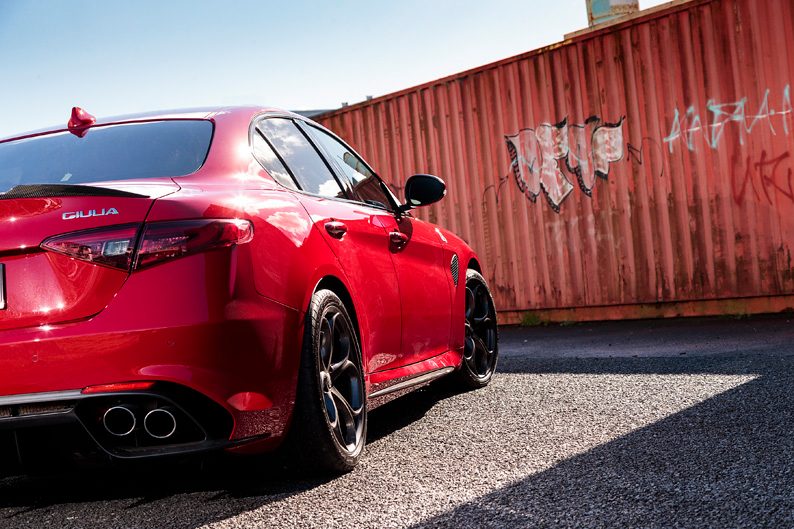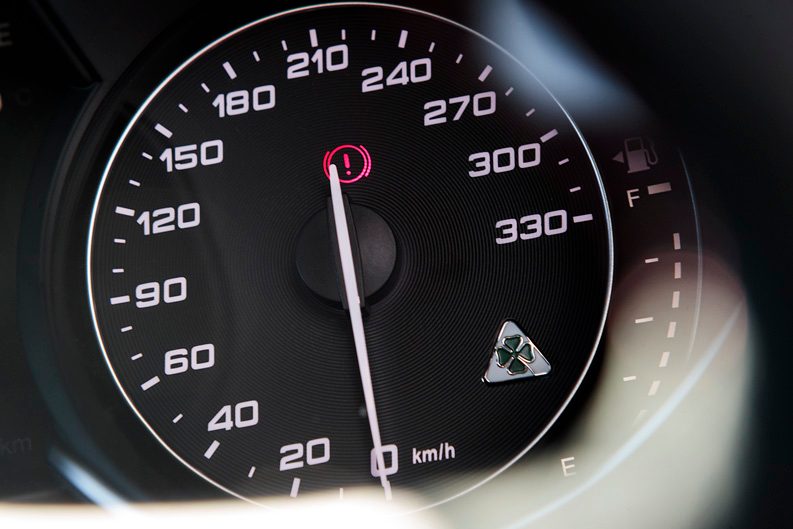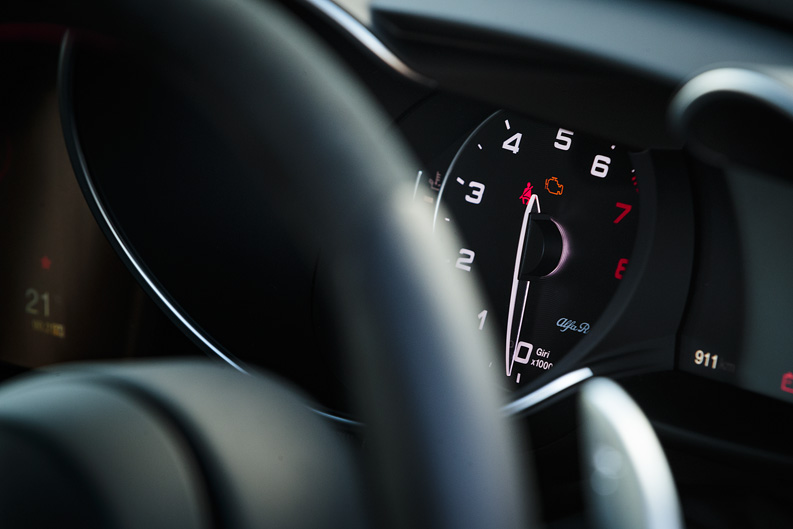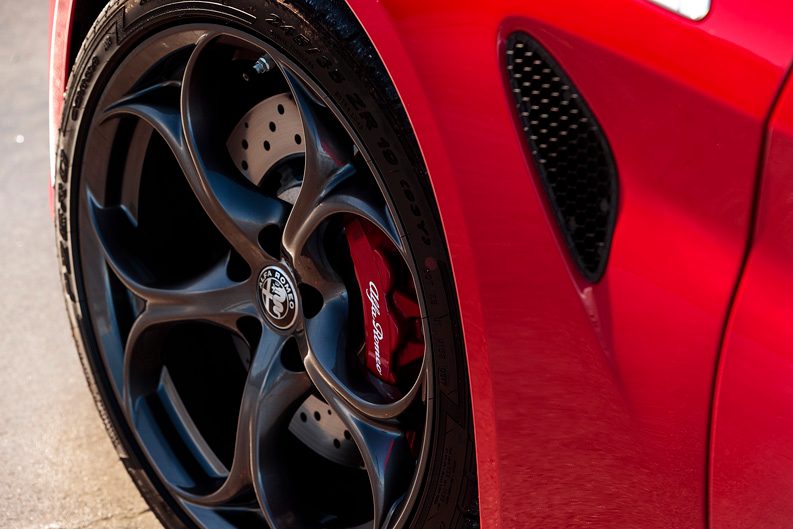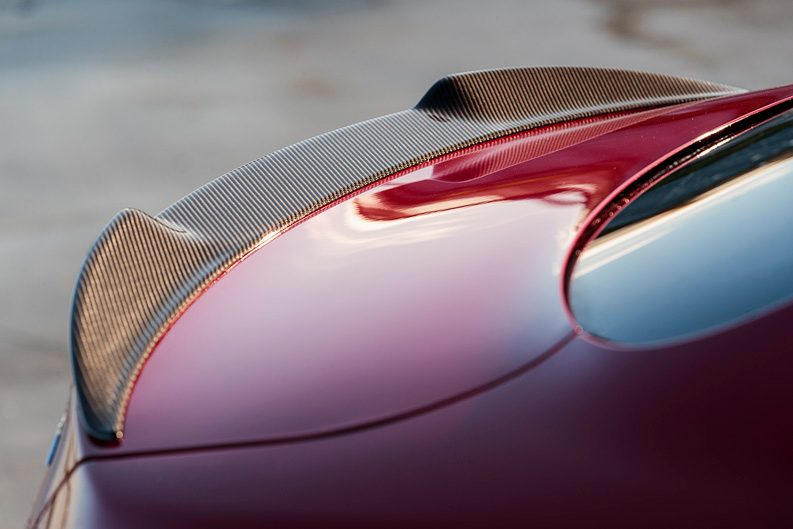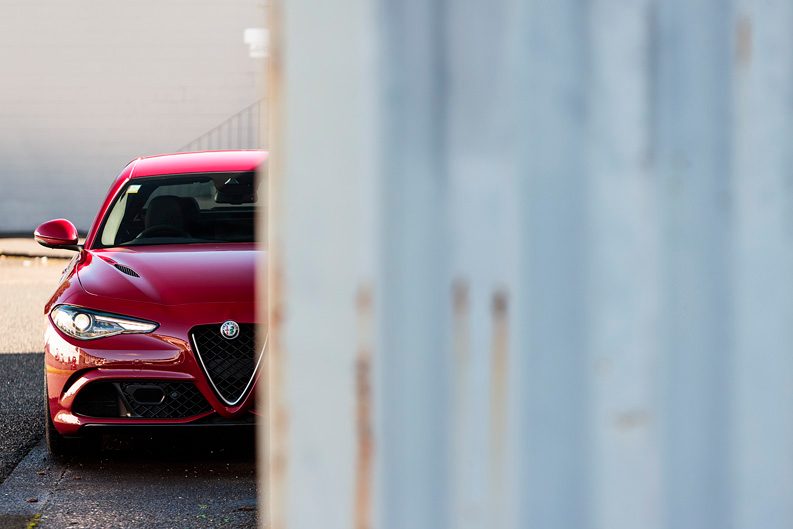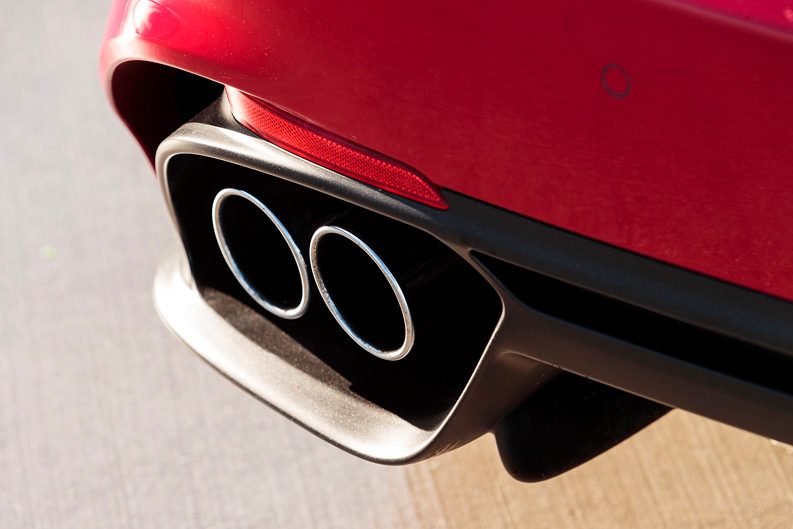2017 Alfa Romeo Giulia Quadrifoglio review
Words: Kyle Cassidy | Photos: Tom Gasnier
Alfa Romeos of the past few decades have been great in some respects. It’s just there has always been a ‘but’ associated them. The Giulia is an Alfa Romeo that aims to be ‘but’-free.
I should probably state up front I’m no Alfisti, or is it an Alfista? I’m not even sure what the right term is for the sort that adores the Latin carmaker, warts and all. Alfa Romeo is an enigmatic marque, with many highs and oh-so-many lows. Its recent offerings have been beautiful and fun for a blast, though often were lumped with niggly flaws and a reputation for quality that’s second to most.
The company been quiet over the past few years, busy re-grouping and sorting its new strategy, and the first car of the renaissance has duly arrived, the Giulia. It’s based on the firm’s new ‘Giorgio’ platform which will underpin the upcoming Stelvio SUV, and a raft of other vehicles. And if the Giulia Quadrifoglio is anything to go by, it seems Alfa Romeo has a shot at reclaiming its former glory.
It’s an interesting model strategy, releasing your trump card first, though it shows intent. Developing models from the top down means the lesser cars benefit from all the good stuff; we’ve driven the 2.0-litre Veloce and were suitably impressed with its charms. However, it’s the alpha Alfa we’re here to praise this month. There aren’t any real deal breakers to talk of, no faults to label as ‘Italian charms’. While it’s not perfect, it’s a genuinely good thing.
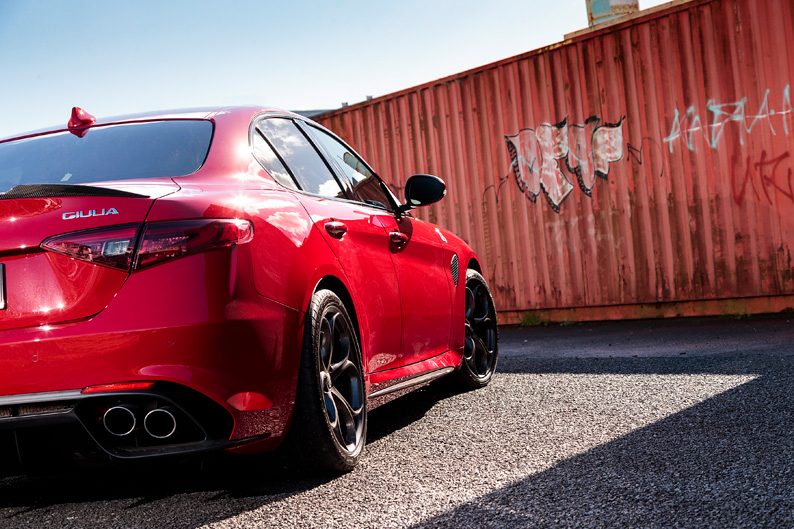
The Giulia Quadrifoglio is one of those cars that is brimming with numbers. There’s 375kW of power, 600Nm of stonk and a 307km/h top whack. They say it’ll hit 100 in 3.9sec and it’s clocked a 7min 32sec lap of the ‘Ring. There’s an eight-speed auto, four driving modes, 285/30ZR20 rear tyres, yet it’s the weight figure that arouses our interest. The Giulia is not a small car, but the auto version is said to weigh 1620kg thanks to carbon bits like the bonnet, roof, aero aids and drive shaft, and there are alloy panels and suspension bits. The test car scaled up at 1710kg fuelled, slightly disappointing, though the Kiwi-spec C 63 S weighs in at over 1835kg, and while the BMW M3 is a lithe 1635kg, it’s 3.0-litre twin turbo six is well out muscled by the Giulia thanks to help from Alfa’s Italian connection. The V6 is derived from the V8 in the 488. It’s a 90-degree V6 and has the same bore and stroke as the 488 mill and turbo manifold design to suit two less cylinders although there’s no flatplane crank lunacy. Still it will rev, and delivers a progressive forcefulness anytime it’s spinning past 3000rpm, and it winds out fiercely to just past 7000rpm. With Alfa’s DNA drive mode switch wound round to Dynamic, the response is quick, and the valved exhaust wails pleasantly as the engine courses beyond 4000rpm. This note is sonorous but never raucous, while if you’re brave enough to activate Race mode, it sings from idle.
We couldn’t quite match the 3.9sec 0-100km/h claim, our regular surface too cold at this time of year to offer any help with grip, yet it gets gone without any launch control palaver; just build the revs to 2000rpm and squeeze the gas down quickly. That we netted a couple of 4.2sec runs has us thinking the 3.9sec figure wouldn’t be unfathomable on a warm, hotmix surface. It’s 80-120km/h time of 2.2sec shows it has legs. On the flip side, the V6 has cylinder deactivation, stop/start and an efficiency drive mode to gain an 8.2L/100km lab test result, though mid- to high-teens is what you’ll likely experience. Other than an offbeat idle, the V6 is a refined commuter, lugging from right down low and kept under 3000rpm, it’s not going to frighten Nana.
The eight-speed auto is the only trans on offer – they don’t do the manual for right hand drive markets – but it’s no biggie. This is a quick shifting ZF unit (it was an auto that set the lap time too) and Alfa has fitted the Giulia with some delicious paddle shifters and the invitation to flap them around is too hard to refuse. The spread of ratios is generous, the shifts fast and two-pedal convenience wins out in our market.
So it’s fast and sounds good. However, the Giulia’s charm lies in its suspension and steering. I had preconceptions of a bone jarring ride in the fast drive modes but Alfa’s adaptive dampers come complete with compliancy. There’s a dedicated button to soften the dampers in Dynamic and Race mode, though there’s no real need to, unless the going gets really bumpy and you’re committed. Race mode is firm, and it also switches out the stability control. With roads slick in patches, we were happy to get by in Dynamic. There is no ESP button to step back the helper, or any Individual setting to tailor the controls, yet neither was missed. The D mode does it nicely.
The QF has huge grips reserve, the masses of sticky P Zero Corsa rubber see to that (expect to replace these often if you drive keenly), and yet they are subdued in terms of road clamour; the Giulia is quiet next to the roaring Germans. The front end glues itself into the turns. The chassis balance helps, and so do those treads and suspension geometry, though it’s mainly the work of the torque vectoring sports diff. You can get into the throttle sooner through the bends, the active diff working to keep the nose buried in the curve and laying the power down for a fast exit. Giulia still requires some finesse mind you, the rear twitching if you’re too eager on the gas, and the odd bump on the exit jolts the rear end when you’re hard on the power. It’s the brake pedal that demands concentrated inputs. There’s good initial bite thanks to the integrated brake set-up using a brake-by-wire system which is said to react faster than a hydraulic mechanism. However, it’s tricky to balance the car on the brakes and you can run into the AEB system too which sets the hazard lights flashing. This, and that left foot braking will cause the ESP to cut the power if the brake and throttle pedal pressure overlap, are the only frustrations to suffer. This is largely forgivable as the steering is quite something. From the thin rim of the wheel, to its ultra quick nature, the Giulia zips into turns with little effort. While the connection isn’t buzzing with feel, there’s life in it, and it’s not overly hefty either, just easy and delightful.
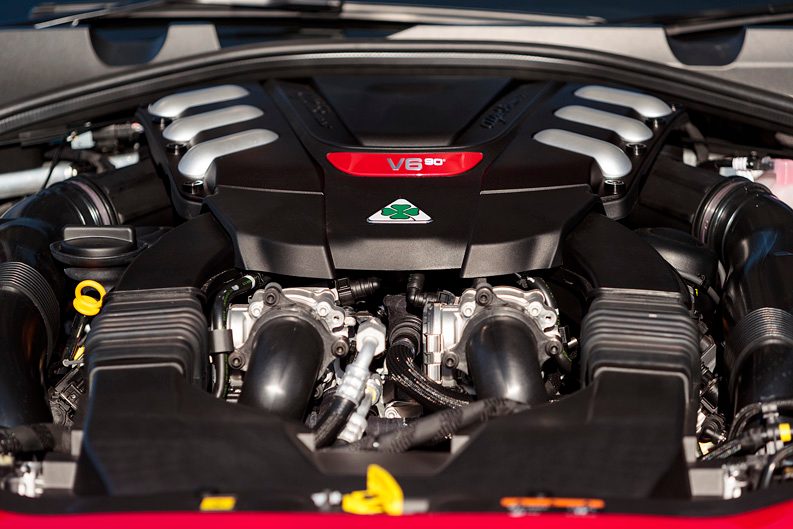
In our mind it’s now the pick of the super sports saloons. It’s fast, responsive, makes the right noises and is also compliant while the styling reduces the others to wall flowers. The Giulia manages to blend beauty with brawn to near perfect proportions and stance. And then there’s the price, starting at $134,990, it’s tens of thousands under the Germans.
Yet the chief reason we’d opt for the Giulia is its civility. It’s the big surprise of the Quadrifoglio. We expected it to be amazing flat out, though difficult to live with, and glad to see it go back after a few days. Yet, na-ah. Set the drive mode to N and this ’Ring master trades its track spikes for comfy loafers. The ride is always accommodating, suspension and road noise hushed, and the gearbox is smooth. The steering goes light, the throttle far less racy, and it even has a reasonable turning circle, unheard of in front drive Alfa sedans of recent years. There’s some tyre chatter on full lock, a consequence of the suspension geometry, and one of the rear wheels would spin up as it unloaded backing out of the driveway, but otherwise the QF is a mild mannered sedan in traffic, showing no hint of the anger that lurks inside this 7min 32sec ‘Ring monster.
The front seats are supportive though not race bucket hard, with sound adjustment to achieve a normal driving position. The Giulia’s ventilation system works normally, not a given in the old 159. Even the operation of the infotainment system is straightforward, though the image for the reversing camera is too small. The active safety bits work as they should, although the lane departure warning gives you a fright the first time it sounds off (easily switchable though).
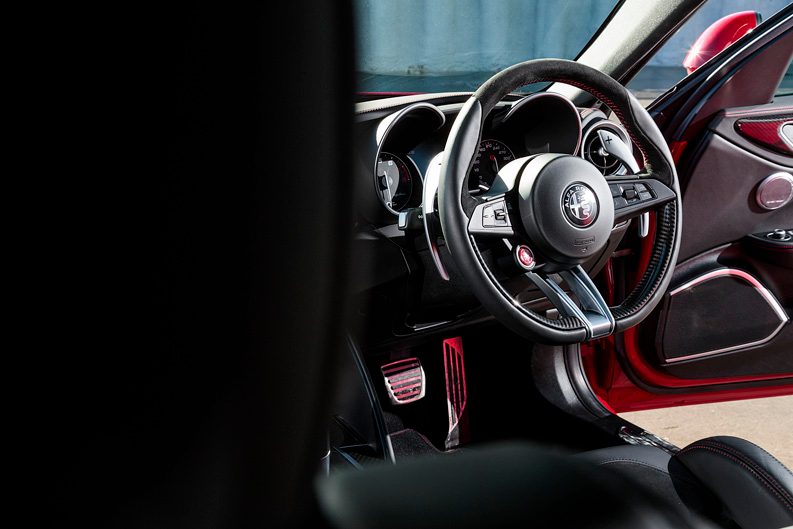
The finish is good, the materials too, which mix well with the alloy, carbon and red stitched details. There are a few coarse edges if you go feeling about for them, and the lower trim plastics are hard but there’s a semblance of storage about the cabin and cup holders that will accept more than just a take-away espresso.
The QF is a four seater, there’s no centre belt in the rear, and while the rear door opening is tight, once you’re in there’s okay legroom and good headspace. The boot isn’t overly large, and there’s no split folding, but think of the added chassis rigidity. It’s practical enough and for those who want more, wait until Stelvio turns up next year. And that should be something else too.
The Giulia Quadriofoglio proved to be a genuine surprise package. It lives up to its ‘Ring record hype, yet it’s refined and as civilised as it is beautiful. This is a truly desirable Alfa, no buts about it.
| Model | Alfa Romeo Giulia Quadrifoglio | Price | $134,990 |
| Engine | 2891cc, V6, T/DI, 375kW/600Nm | Drivetrain | 8A, RWD |
| Fuel Use | 8.2L/100km | C02 Output | 189g/km |
| 0-100km/h | 4.20sec | Weight | 1710kg |


